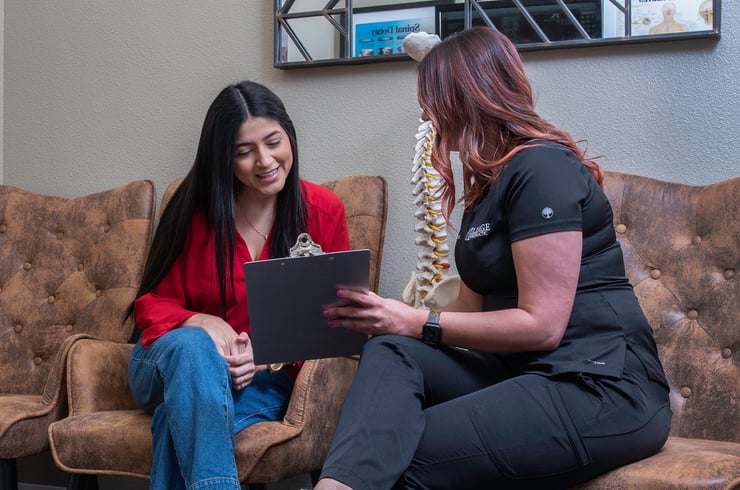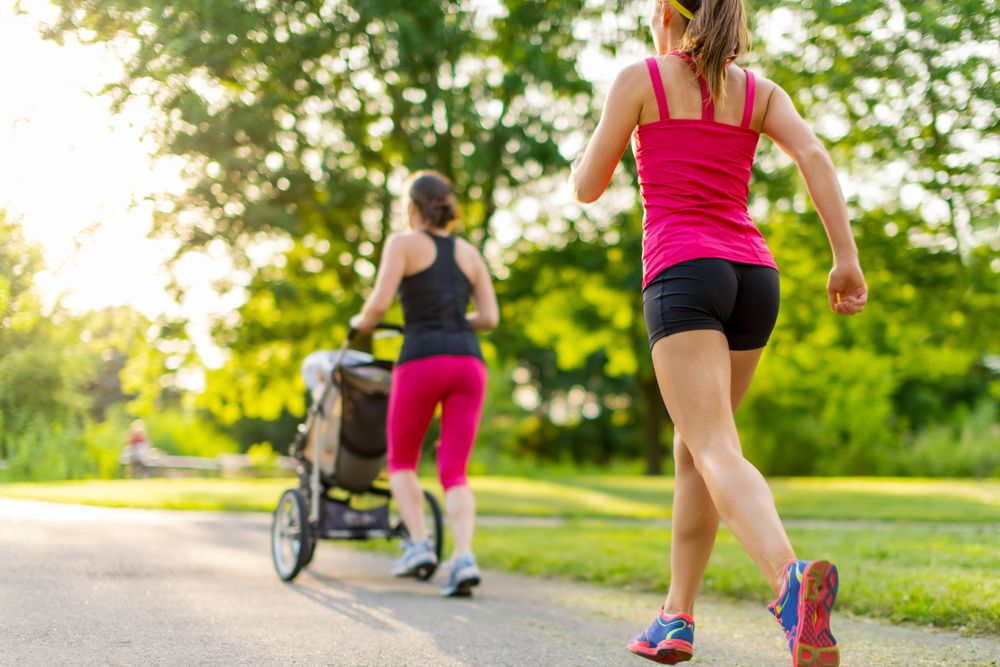The Dos and Don'ts of Managing Knee Pain
4 min read

Knee pain is really common, especially as we age and the cushioning cartilage in the knee joints starts to wear down. In fact, knee arthritis affects about 1 in 5 adults over age 45. It can really affect your day to day activity level. And when you slow down your activity you run the risk of gaining weight and making the knee pain worse. If you start to notice knee pain regularly we have some tips for you. You should also schedule an appointment with a chiropractor. They can help you relieve knee pain with several different techniques we’ll discuss a little later.
What Causes Knee Pain?
The actual condition causing the knee pain is often related to an injury, or previous injury, as well as lifestyle factors such as your weight and activity level. For most older people, the pain develops gradually
Tips For Managing Knee Pain
It is essential to take care of your knees, whether you already experience pain or want to avoid it in the future. Follow these dos and don’ts to help keep your knee pain under control.
Here are some things you should do to help relieve knee pain:
Stay active
Exercise helps to strengthen muscles and improve flexibility. You can take many different exercise approaches to help with knee pain. Try lower-impact workouts, such as swimming, walking, lifting weights or cycling. Higher-impact workouts such as running or basketball are activities you should discuss with the chiropractor to see if some treatments might help get you back to your regular routine.
Use the “RICE” method
RICE stands for rest, ice, compression, and elevation. If you have knee pain, you can use this approach to make it possible to stay active. This is especially helpful for those who recently experienced a minor knee injury or are experiencing an arthritis flare-up. Rest the knee, apply ice for swelling, use a compression sleeve, and keep the knee elevated. If the swelling and pain don’t start to relieve on their own in a few days, make an appointment with the chiropractor.
Use chiropractic methods for knee pain relief
Most people don’t realize that a chiropractor can help with knee pain. Chiropractors offer a variety of treatments for knee pain. When arthritis is the cause of the pain, gentle knee traction can relieve the pressure inside the joint so it can get more blood flow. Repeated knee traction sessions may be needed to start to feel full-time relief.
Alternate the temperature on your knee
If you’ve already used the RICE method and you’re seeing a chiropractor, it may be helpful to alternate between cold and hot on your knee. Cold packs help with swelling and can numb the pain. Adding heat after the cold may help healing by increasing blood flow and circulation. You can start with an ice pack, then follow with a heating pad or warm bath to soothe the joint and surrounding areas. Use this process in conjunction with chiropractic treatments that are designed to help reduce knee pain.
Here are some things you shouldn’t do when it comes to knee pain:
Don’t rest too much
If you experience pain when you move around, you might think the best thing is to rest it. But actually the opposite is true. For most people, you’ll experience less pain if you keep the joint active rather than keep it still for too long. You know how it feels when you stand up after sitting for too long? The same concept is true here. Work with your chiropractor for some exercises that would be good for you while you’re healing.
Don’t let your shoes make it worse
Wearing comfortable, properly fitting shoes can help ensure knee pain does not get worse when you’re up and moving. Your footwear is essential when you’re exercising or spending a lot of time on your feet for your job. Look for shoes with cushioned insoles, and always ensure they fit correctly.
Chiropractic Treatments For Knee Pain
If you’ve always thought of the chiropractor as a place to go for back pain only, you’re probably surprised to hear that they can also help with your knee pain. Chiropractors offer knee pain treatments, including cold laser therapy and knee traction.
- Cold laser therapy is an advanced healing modality that uses lasers to help encourage blood flow in areas of injury. This helps to oxygenate the area and promote healing. Cold laser therapy is especially beneficial because it doesn’t just help with pain management but also helps to encourage healing, providing short-term and long-term relief. Learn more about cold laser therapy for knee pain.
- Knee traction helps to stretch the knee joint. Traction improves flexibility and strength. Knee traction may be recommended in combination with other therapies, depending on your knee injury. Learn more about knee traction.
- Cryotherapy uses extreme cold temperatures in the knee area to increase circulation which helps with healing. It also brings some pain relief. Learn more about cryotherapy.
Sometimes, doctors default to recommending medications and surgery for knee pain. It’s important to look at other options before making your decision.
Related blog: How Chiropractic Care Helps Treat Knee Pain From Arthritis
When To See The Chiropractor For Knee Pain?
Anyone who is experiencing knee pain can benefit from a visit to the chiropractor. Your chiropractor can help you determine the source of the pain and offer you a unique and practical treatment approach. Trying out chiropractic care for knee pain can help you avoid invasive approaches to managing and treating knee pain.
At Village Chiropractic in The Woodlands, we offer our clients many different treatment options for conditions like knee pain, back pain, and more. We will take the time to review your concerns and create a treatment plan just for you.
More from Our Blog on This Topic
7 min read
5 min read





